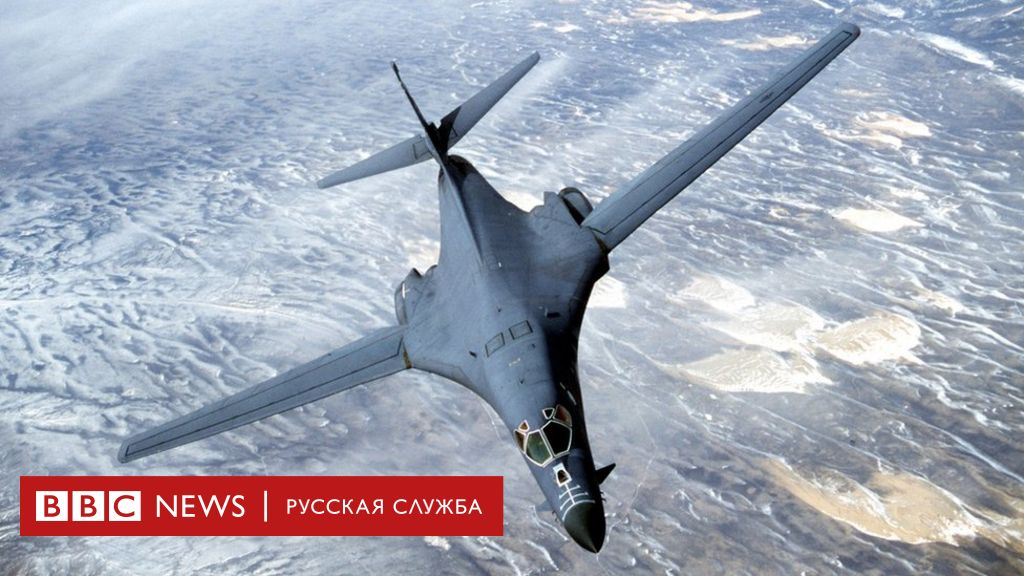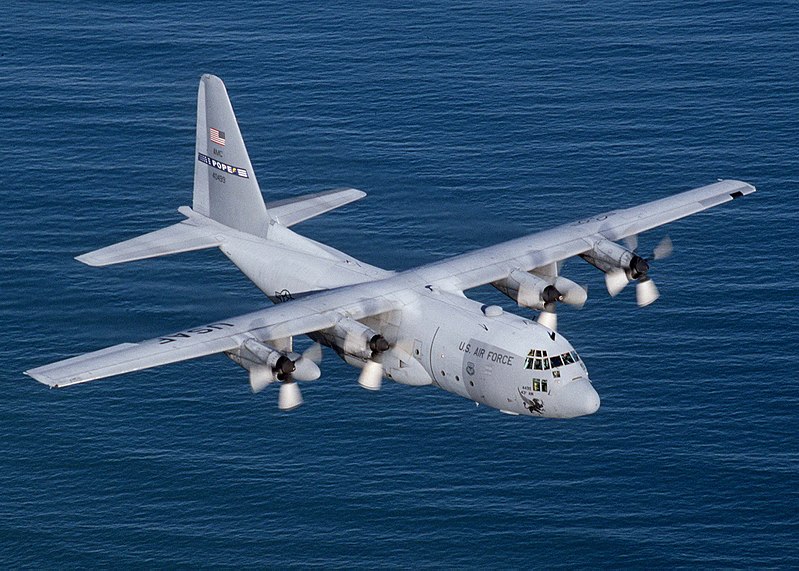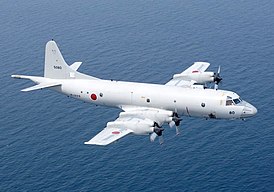
Is the US Air Force facing a "hunting hole"?
Foot. USAF
The US Air Force and US Navy Air Force are currently facing a rapidly aging fleet of fourth-generation fighters such as the F-15, F-16 and F/A-18. On the other hand, the fifth-generation F-35 fighter program, which has been delayed for at least a few years and is struggling with many problems, is not able to deliver new aircraft on time. The ghost of the so-called hunting hole, i.e. a situation in which the most worn-out fighters will have to be withdrawn, and the resulting gap cannot be filled with anything.
Since the end of the Cold War, the United States Air Force (USAF) and the US Navy Air Force have been involved almost constantly in international armed conflicts of varying intensity. Over the past fifteen years, the wear and tear of US combat aircraft has increased significantly, including multirole fighters performing a wide range of tasks. This is especially true of airborne fighters, whose service life is much shorter than that of ground-based fighters, and which have been (and are) used in almost all US-led armed conflicts. In addition, there is an intensive use of fighter jets by the Americans in police operations, as part of the so-called. demonstrations of force, containment, support for allies, and local and international military exercises.
The November 2, 2007, crash in Missouri may be a harbinger of what may be in store for exhausted fourth-generation fighter jets. During a training flight, the F-15C from the 131st Fighter Wing literally fell apart in the air while performing standard maneuvers. It turned out that the cause of the crash was a fracture of the fuselage stringer just behind the cockpit. The entire fleet of F-15A / B, F-15C / D and F-15E fighter-bombers was stopped. At that time, the checks did not reveal any threats in other copies of Fifteen. The situation was somewhat different in naval aviation. Tests of F/A-18C/D fighters have shown that many components are subject to heavy wear. Among them were, for example, horizontal tail drives.
Meanwhile, the F-35 fighter program suffered from further delays. Optimistic suggestions were made in 2007 that the US Marine Corps would begin receiving the F-35B as early as 2011. The F-35A was due to enter service with the US Air Force in 2012, as was the US Navy airborne F-35C. At the same time, the program began to drain the already shrinking Pentagon budget. The US Navy managed to secure funds for the purchase of new F/A-18E/F fighters, which began to replace decommissioned F/A-18A/B and F/A-18C/D. However, the US Navy stopped purchasing F / A-18E / F in 2013, and the entry into service of the F-35C was postponed, as already known, to August 2018. Due to this delay and the need to withdraw the most depleted F / A- 18Cs / D, in the coming years, the navy will finish from 24 to 36 fighters.
In turn, the US Air Force is threatened not with a “physical” shortage of fighters, but rather with a “hole” in the combat capabilities of the entire fleet. This is mainly due to the fact that in 2011 the production of 22 F-195A fifth-generation fighters was suspended. The F-22A was supposed to gradually replace the aging F-15A/B/C/D fighters. However, for this, the US Air Force had to accept at least 381 F-22As. This amount would be enough to equip ten linear squadrons. The F-22A fleet was to be supplemented by the F-35A multi-role fighters, replacing the F-16 fighters (and A-10 attack aircraft). As a result, the US Air Force was to receive a fifth-generation fighter fleet in which F-22A air superiority fighters would be supported by multi-role F-35A air-to-ground missions.
Due to an insufficient number of F-22A fighters and delays in the entry into service of the F-35A, the Air Force was forced to create a transitional fleet consisting of fourth and fifth generation fighters. Worn-out F-15s and F-16s will have to be upgraded to support and complement the oversized F-22A fleet and the slow growing F-35A fleet.
Naval dilemmas
The US Navy completed the purchase of F / A-18E / F Super Hornet fighters in 2013, reducing the order pool to 565 units. 314 older F/A-18A/B/C/D Hornets remain officially in service. Additionally, the Marine Corps has 229 F / A-18B / C / D. However, half of the Hornets are not in service, as they are undergoing various repair and modernization programs. Ultimately, the Navy's most worn-out F/A-18C/Ds are to be replaced by 369 new F-35Cs. The Marines want to buy 67 F-35Cs, which will also replace the Hornets. Program delays and budgetary constraints meant that the first F-35Cs should be ready for service in August 2018.
Full production of the F-35C was originally planned to be 20 per year. Currently, the US Navy says that for financial reasons, they would prefer to reduce the rate of purchase of F-35C even to 12 copies per year. Serial production is expected to begin in 2020, so the first operational F-35C squadron will enter service no earlier than 2022. The Navy plans to have one squadron of F-35Cs in each carrier air wing.
To reduce the backlog caused by the delay in the F-35C program, the US Navy wants to increase the service life of at least 150 F/A-18Cs from 6 hours to 10 hours under the SLEP (Life Extension Program). However, in recent years, the Navy has not received sufficient funding to adequately develop the SLEP program. There was a situation in which from 60 to 100 F / A-18C fighters were stuck in repair plants with no prospect of a quick return to service. The command of the US Navy says that on the occasion of SLEP they will want to upgrade the refurbished F / A-18C. If budget permits, the plan is to equip the Hornets with an electronically scanned active antenna radar, integrated Link 16 data link, color displays with a moving digital map, Martin Becker Mk 14 NACES (Naval Aircrew Common Ejektor Seat) ejection seats, and a helmet-mounted system. tracking and guidance JHMCS (Joint Helmut-Mounted Cueing System).
The refurbishment of the F/A-18C means that most of the operational tasks have been taken over by the newer F/A-18E/Fs, which inexorably reduces their service life to 9-10. watch. On January 19 of this year, Naval Air Systems Command (NAVAIR) announced SLEP's plan to extend the life of the F/A-18E/F fighter jets. It is not yet known what the specification of the contract will look like and what the deadlines for completing the work will be. It is known that the reconstruction will affect the rear of the airframe with engine nacelles and tail unit. The oldest Super Hornets will reach the 6 limit. hours in 2017. This will be at least a year and a half before the F-35C's announcement of pre-operational readiness. The SLEP program for one fighter takes about a year. The duration of the repair depends on the degree of airframe corrosion and the number of parts and assemblies requiring replacement or repair.

